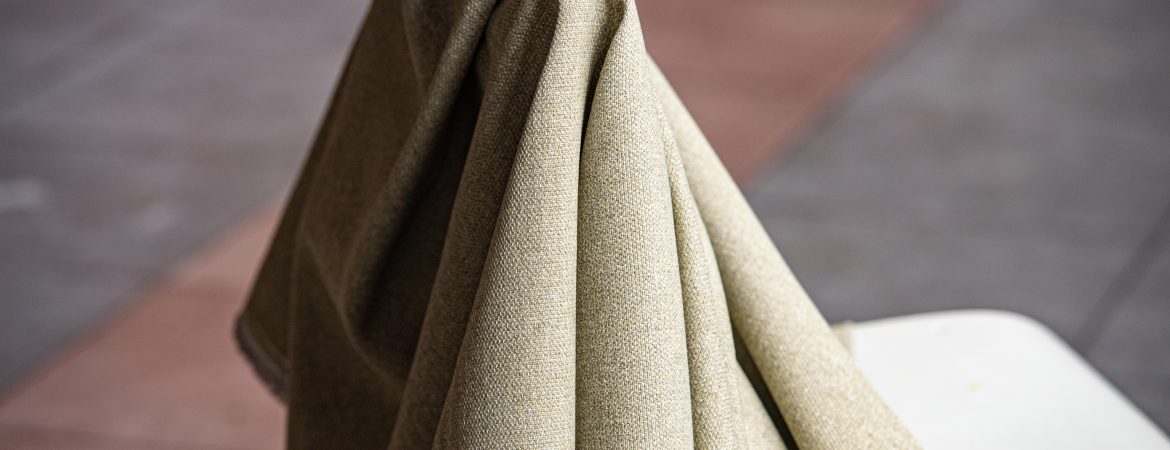
Comparing and reducing the environmental impact of upholstery fabrics
Comparing the environmental impact of upholstery fabrics can be done using the Product Environmental Footprint (PEF) methodology. This method also encourages sustainable innovations by companies.
Product Environmental Footprint for upholstery fabrics
PEF serves several purposes:
Improving the environmental performance of products: By encouraging companies to reduce the environmental impact of their products, the PEF methodology can contribute to lowering the impact in the textile industry. This can be achieved, for example, by using recycled materials, reducing greenhouse gas emissions, and minimizing waste production. The PEF methodology utilizes life cycle assessment (LCA) to assess the environmental impact of a product. This involves collecting data on the production, use, and disposal of the product, as well as the production of raw materials and waste treatment. These data are then used to calculate the product’s impact on various environmental categories, such as greenhouse gas emissions, water consumption, and land use.
PEF method can contribute to the sustainability of the textile industry
Developing a standardized methodology for measuring the environmental impact of products, the PEF methodology has been developed as a standardized methodology for measuring the environmental impact of products. This can contribute to consistency and comparability of results, helping companies and consumers to make informed choices.
Stimulating innovation and technological progress: By encouraging companies to reduce the environmental impact of their products, the PEF methodology can contribute to the stimulation of innovation and technological advancement. This can lead, for example, to the development of new sustainable materials and production methods.
In summary, the PEF methodology aims to contribute to a more sustainable future for the textile industry.
Who can use PEF methodology to compare upholstery fabrics?
Companies can use the PEF methodology to measure and communicate the environmental impact of upholstery fabrics and to measures that can be taken to reduce the environmental impact in the textile industry. This can help in designing more sustainable products, selecting more sustainable raw materials, and improving production processes.
Government agencies can use the PEF methodology to develop policies aimed at promoting sustainable production and consumption. This may involve encouraging companies to produce more sustainable products, developing regulations for environmental labeling of products, and creating financial incentives for more sustainable production.
Informed choices by consumers when purchasing upholstery fabrics
Consumers can also benefit from the PEF methodology as it can contribute to make informed choices based on the environmental performance of products. By comparing the environmental impact of different products, consumers can choose products that are less harmful to the environment and contribute to a more sustainable future.
The PEF methodology measures several different environmental impact categories, including:
Climate change
This includes greenhouse gas emissions such as carbon dioxide and methane, which contribute to global warming.
Land use
This includes the amount of land used for the production of a product and its impact on ecosystems, biodiversity, and soil health.
Water use
This includes the amount of water used for the manufacture of a product and its impact on water resources, water quality, and ecosystems.
Air pollution
This includes the emission of harmful substances such as sulfur oxides, nitrogen oxides, and particulate matter, which can affect air quality and cause health problems.
Ecotoxicity
This includes the impact of a product on ecosystems and biodiversity, such as its impact on plant and animal populations.
Resource depletion
This includes the impact of a product on natural resources, such as the depletion of fossil fuels, minerals, and other raw materials.
In this way, the PEF enables individuals, companies, and governments to make meaningful comparisons between the environmental impact of upholstery fabrics.